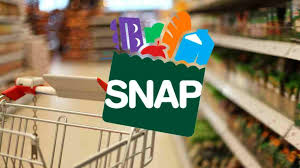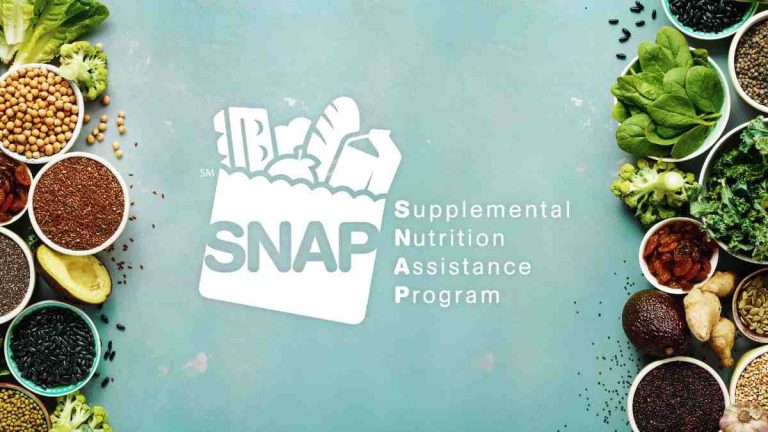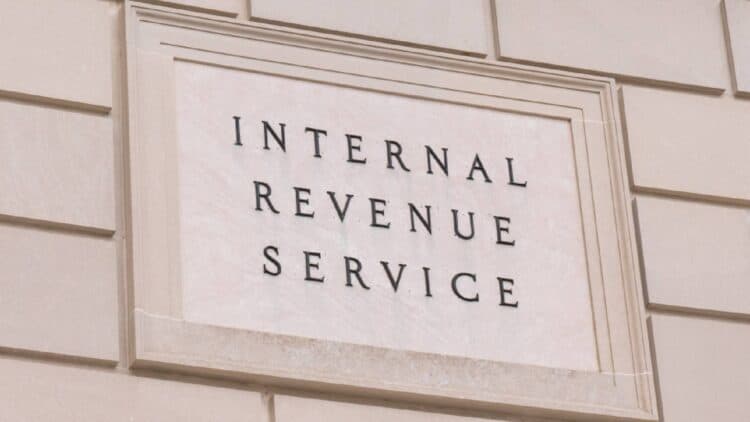SNAP Benefit Update: Income Limit Raised to $2,500 for Eligibility
According to Vibes.okdiario The Supplemental Nutrition Assistance Program (SNAP) has recently updated its income limits and benefit amounts as of October 1, 2024, to better accommodate rising costs and inflation. These adjustments are designed to make the program more accessible to a broader group of individuals, including students, and to ensure it continues to support those experiencing food insecurity in the U.S.
New Income Limits for SNAP Eligibility
One of the key updates to SNAP this year is the increase in the income limits for eligibility. A single individual can now qualify for benefits if their monthly income is $2,510 or less, which represents a significant increase compared to previous years. This change expands access to more people, including students who may have previously been ineligible.
According to Julia Morrill, director of the Basic Needs Program at the University of Oregon, the higher income threshold now makes it easier for students who earn just above the old income limit (around $1,500 per month) to qualify for SNAP. This is a major step in helping students who struggle with food insecurity while balancing their academic responsibilities.
SNAP Benefits for Students
In addition to individuals with low income, eligible students can now apply for SNAP if they meet certain conditions. Students enrolled in at least six undergraduate credits or five graduate credits can qualify, as long as they meet one additional qualifying condition. This could include factors such as working a set number of hours per week or being involved in a state or federally funded work-study program.
This expansion makes it easier for students to get the support they need to buy food, helping to relieve some of the financial pressures they face while pursuing their education.
What Can You Buy with SNAP Benefits?
SNAP benefits can be used to purchase most food and non-alcoholic beverages at authorized stores. Eligible items include fruits, vegetables, meat, fish, bread, cereals, and dairy products. However, there are some restrictions. SNAP cannot be used to buy tobacco, alcohol, medications, supplements, or non-food items like pet food, soap, or household supplies. Additionally, prepared foods or hot meals are not eligible for purchase with SNAP benefits.
This program is especially beneficial to students, allowing them to purchase healthy, nutritious foods while keeping their grocery bills manageable. By offering a greater variety of food options, SNAP helps individuals and families make healthier food choices without the added financial strain.
Also Read – Luxury Brand Bankruptcy: Iconic Apparel Company Seeks Chapter 11 Protection
How to Apply for SNAP as a Student
The process for applying for SNAP benefits as a student is fairly straightforward but may require some documentation. Students can begin their application through the Oregon Department of Human Services website or by visiting a local office. An interview with a social worker is typically required, and this can be conducted either in person or over the phone.
At the University of Oregon, the Basic Needs Program team, led by Morrill, offers support to students throughout the application process, providing guidance on necessary documentation and answering questions about eligibility. Although they cannot complete applications for students, their assistance helps make the process smoother.
Stores That Accept SNAP Benefits
Most major grocery stores and supermarkets accept SNAP benefits, but it’s always a good idea to check with individual stores to confirm. On the University of Oregon campus, the Agate Street Market in Unthank Hall is one of the few locations where students can use their SNAP benefits. This campus store offers a range of packaged foods and deli items such as sandwiches and salads.
Having an on-campus store that accepts SNAP makes it convenient for students to shop for groceries without having to leave campus.
SNAP Eligibility for Students with Meal Plans
Students living in university housing with meal plans face specific restrictions when it comes to SNAP eligibility. If a student’s meal plan covers more than 51% of their food needs, they may not qualify for SNAP. However, if the meal plan covers less than 50% of their food needs, the student may still qualify for assistance, provided they meet the other income and eligibility requirements.
This rule is in place to ensure that students do not receive overlapping benefits, as meal plans are intended to cover a significant portion of their food costs.
Also Read – Retail Alert: Another Major Chain on the Brink of Chapter 11 Bankruptcy
SNAP’s Role in Supporting Healthy Eating
Beyond providing financial relief, SNAP also helps individuals and families make healthier food choices. For students, having access to a variety of nutritious foods can significantly improve their overall well-being and academic performance. When students don’t have to worry about affording healthy meals, they can focus better on their studies and reduce the stress of managing their finances.
With the increase in income limits and adjusted benefit amounts, SNAP is better equipped to meet the needs of those who rely on it the most, including students. As the cost of living continues to rise, SNAP remains a crucial support tool in combating food insecurity and ensuring that individuals have access to nutritious food.






